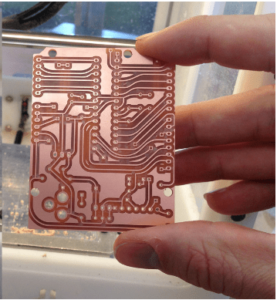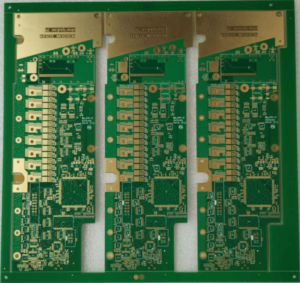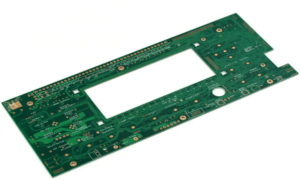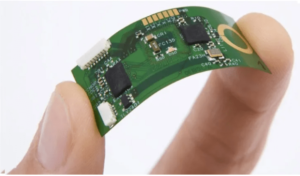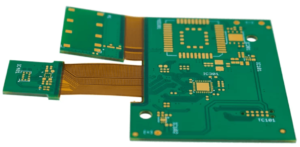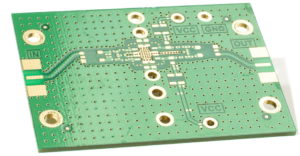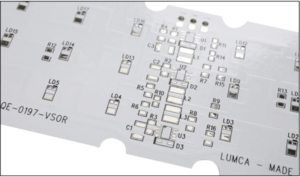Types of Circuit Boards: Ultimate Guide to PCB Boards
Understanding Circuit Boards
Demystifying the world of electronics might feel like attempting to decode an alien language. But once you explore the basics, it becomes less daunting and more intriguing—much like unraveling a complex, interesting puzzle. Among the fundamentals of electronics, one stands out—Printed Circuit Boards (PCBs). They form the backbone of your favorite gadgetry, from the laptop you’re working on to the smartphone that keeps you socially connected.
However, all PCBs are not created equal. In this comprehensive guide, we delve deep into understanding the principal types of PCBs, their compositions, and their fascinating functionalities.
Introducing PCBs: The Core of Modern Electronics
Printed Circuit Boards are essentially physical platforms that support and connect electronic components. They use conductive tracks, pathways, or signal traces etched from copper sheets, aiding the flow of electricity. As a result, they facilitate complex operations in any electronic device.
Before we embark on this enlightening journey, it’s crucial to know that PCBs differ based on their layer architecture, rigidity, material composition, and frequencies. They’re primarily broken down into seven categories: single-sided, double-sided, multilayer, rigid, flexible, rigid-flex, high-frequency, and aluminum-backed PCBs.
Single-Sided PCBs: A Simple Beginning
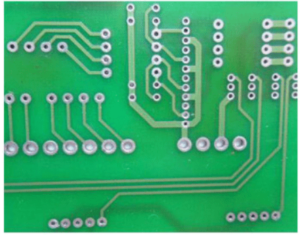
As the names suggest, single-sided PCBs house components on only one side of the board. They are simple, cost-effective, and perfect for low-density designs. Their manufacturing process involves creating a layer of thermally conductive and electrically insulating dielectric on one side of rigid laminate.
Single-sided PCBs are most commonly used in radios, calculators, and timing circuits. Their inherent simplicity, however, restricts their applications to uncomplicated and less technical designs.
Double-Sided PCBs: A Deeper Complexity
Scale a bit higher, and we come across double-sided PCBs. Living up to their moniker, these PCBs have components mounted on both sides. To connect these circuits, we use one of two types of connection—through-hole or surface mount.
Through-hole technology involves passing leads through holes and soldering them to pads on the other side. Surface mount technology, on the other hand, lets components be placed directly onto the circuit board. Double-sided PCBs are typically used in power supplies, automotive controls, traffic systems, hard drives, printers, and vending machines.
Multilayer PCBs: Powering High-Speed Circuits
When the interconnection complexity escalates, we move to multilayer PCBs. Armed with more than two conductive layer boards (anywhere up to 12 layers or more), these PCBs sandwich insulating material between each layer. This architecture makes the multilayer PCBs compact and allows high-speed circuit performance.
Multilayer boards are prevalently used in computer processors, GPS technology, satellite systems, file servers, data storage, heart monitors, and central command systems like fire alarm controls.
Rigid PCBs: Strength and Stamina
Fiberglass substrate forms the base layer for rigid PCBs, making them robust and staunch against bending. These PCBs range from single-sided and double-sided to multilayer configurations. Here, rigidity stands as a mark of strength — protecting the circuit’s integrity against physical damages.
Rigid PCBs are ideal for designs that call for a strong board structure. Hence, they dominate in applications like TV sets, digital cameras, printers, and computers.
Flexible PCBs: A Welcomed Malleability
In contrast to their rigid counterparts, flexible PCBs are based on malleable materials, thus allowing the board to fit into shapes that rigid PCBs cannot. If your electronic device’s design demands twisting or constant flexing, flexible PCBs become your allies.
Flexible PCBs cater to an array of applications such as cell phones, cameras, pacemakers, automobile dashboard controls, and other high-end, high-density applications.
Rigid-Flex PCBs: Best of Both Worlds
Rigid-flex PCBs are like the superstar “hybrids” of the electronic world. As the name conveys, they combine the strength of rigid PCBs with the flexibility of their pliable counterparts. They consist of multiple layers of flexible circuit substrates attached to rigid boards.
Think of this as packing vast circuit density in a small, confined space. Due to their high mechanical resistance and reliability, rigid-flex PCBs find their usage in laptops, cell phones, digital cameras, and military applications.
High-Frequency PCBs: The Speed Demons
When constant, reliable performance at high frequencies is the goal, high-frequency PCBs step in. They’re fabricated using special materials to ensure the electrical properties (like dielectric constant and dissipation factor) remain stable across higher frequencies.
High-frequency PCBs are critical in telecommunication systems, advanced radar systems, antennas, RF power amplifiers, and micro-strip patch antennas.
Aluminum-Backed PCBs: The Heat Busters
Commonly used in LED technology and power converters, aluminum-backed PCBs are your solution when excellent heat transfer and dissipation is the primogeniture. They incorporate a thin layer of thermally conductive dielectric material that can transfer and dissipate heat much more effectively than traditional rigid boards.
Moving Towards a Thoughtful Conclusion
The world of printed circuit boards is diverse, compelling, and a testament to the leaps in technological advancements we’ve seen in the past decades. From powering simple radios to intricate laptop motherboards, PCBs are virtually the neural network of all modern electronic gadgets.
Keep in mind, choosing a type of PCB is greatly dependent on your project’s specific requirements. With each type of PCB catering to different aspects of electronic design, understanding their varied capabilities is crucial. As you consider this, ask yourself some critical questions: What does your design demand—flexibility or rigidity? Simplicity or multiple interconnected layers? By aligning these requirements with the strength of each PCB type, you pave your way to more efficient and effective electronic designs.
Our gadget-fueled world will continue to evolve, placing PCBs at the core of transformative technologies. As we stride further into the advanced digital age, a profound understanding of these remarkable components is more than just knowledge—it’s power. It’s the power to build, to innovate, and to design the technologies that will define our present and sculpt our future.
So, next time when you scroll your smartphone or switch on your laptop, pause and appreciate the meticulously designed PCBs that pulse within them—quietly fueling our digitally connected lives
Share:
More Posts
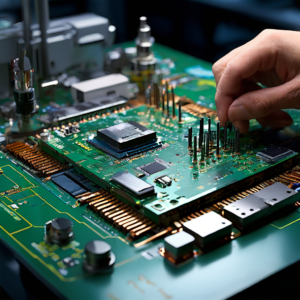
Trends and Challenges in PCB Manufacturing for 2024
Trends and Challenges in PCB Manufacturing for 2024 As we move into 2024, the printed circuit board (PCB) manufacturing industry continues to evolve rapidly, driven
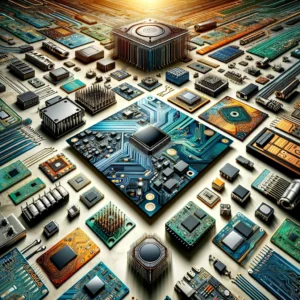
10 Best PCB Manufacturers in India
10 Best PCB Manufacturers in India The electronics manufacturing landscape in India has seen a significant transformation in recent years, with Printed Circuit Board (PCB)
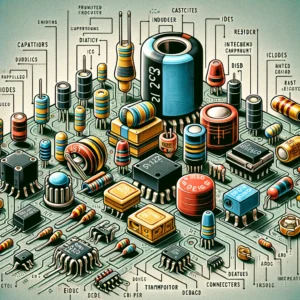
Identifying PCB Components: A Step-by-Step Guide
Identifying PCB Components: A Step-by-Step Guide Printed Circuit Boards (PCBs) are the backbone of modern electronic devices, from simple gadgets to complex machinery. Knowing how
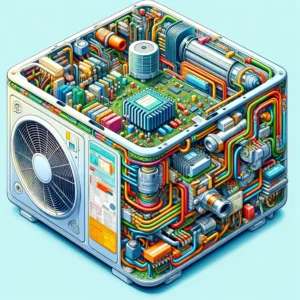
What is PCB in AC?
What is PCB in AC? Air conditioning has become an essential part of our daily lives, providing comfort and a conducive living environment regardless of

